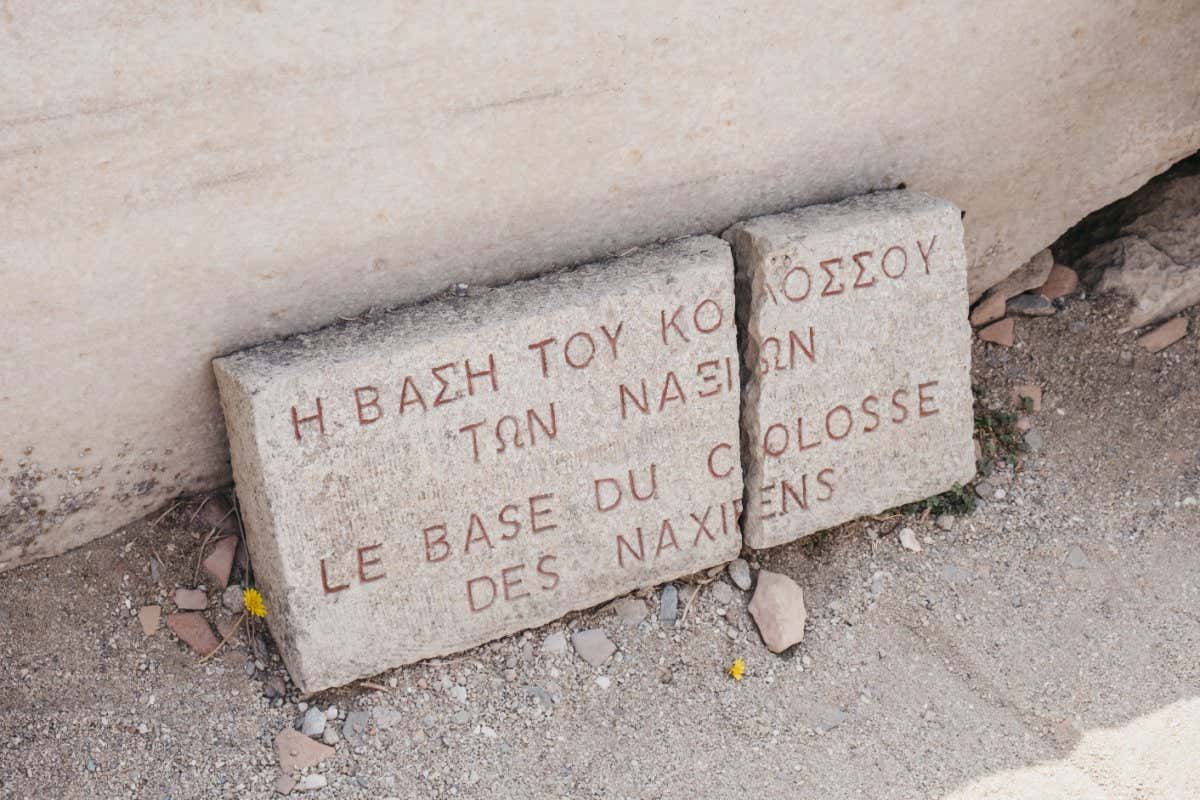Analysis of the marble used in the Colossus of the Naxians, an ancient Greek statue, has provided clues to its likely birthplace. The statue, which once stood at 9 meters tall on the Greek island of Delos, is now in pieces, with one part at the British Museum in London and the rest in Greece. The statue derives its name from the island of Naxos, known for its marble production during the Greek archaic era. However, the marble used in the statue does not match the marbles from the two known quarries from that period.
Scott Pike from Willamette University in Oregon analyzed the marble’s chemical signature and found that it corresponds to a deposit in another part of Naxos. In the 1990s, Pike attempted to verify the inscription on the statue’s base claiming it was made “of one marble.” He was able to obtain a sample from the right foot with the British Museum’s permission but faced difficulties obtaining permission from Greek authorities. Pike compared the proportions of stable isotopes of carbon and oxygen in the marble to a database of Greek quarries and found that the marble likely originated from the southern part of Naxos.
Recently, Pike received permission to conduct a geological survey in the area and discovered a line of hills covered in marble, which was not previously recorded on geological maps. The isotopes in this marble matched those found in the statue. Although there was an abandoned quarry in the area, Pike believes it is unlikely to be the source of the Colossus of the Naxians due to its size and extraction pattern. Unfortunately, Pike could not date the quarry as he did not have a permit for archaeological sampling. He plans to return with the necessary permit and a drone equipped with lidar technology to explore the area for other quarries or potential transportation routes for finished statues.








